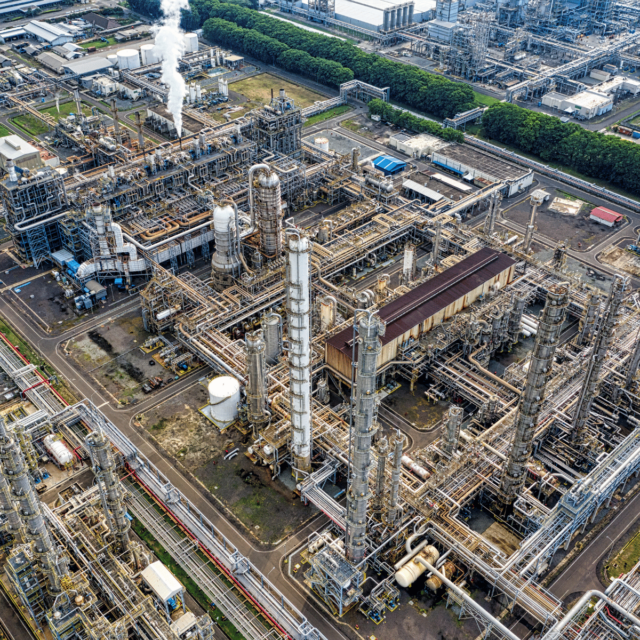UK Trade Performance and the Role of Product Quality, Innovation and Hysteresis: Some Preliminary Re
 Pub. Date
Pub. Date
 Pub. Type
Pub. Type
The first objective of this paper is to evaluate the importance of several non-price factors for UK trade performance. The second objective is to investigate whether UK trade relationships show evidence of Ôhysteresis' (ie, whether the large temporary appreciation of sterling in the early 1980s had a permanent effect on UK trade performance). The main findings of the study are as follows: 1. We find that factors such as product quality, product variety and innovation - proxied by relative measures of R & D expenditure, patenting activity and investment, etc, - are important determinants of trade flows and trade shares for the UK.
2. The relative price elasticity of certain commodities may be bigger for large exchange rate changes than for small changes. We find that the response of UK trade volumes to the temporary large appreciation of sterling during the late 1970's and early 1980's was disproportionately large (between the first quarters of 1979 and 1981 the sterling effective exchange rate rose by around 30% but gradually returned to its original level by the end of 1983). This may be due to either hysteresis effects - where temporary exchange movements have permanent effects on trade volumes - or switching costs associated with switching from domestic to foreign suppliers. Three pieces of supporting evidence indicate that the differential exchange rate responses are due to hysteresis rather than switching costs: first, disproportionately large responses to the high level of sterling in the early 1980s occurred in industries which have high export market-entry costs (as predicted by the hysteresis theory); second, the same industries experienced a change in the behaviour of import price determination which is also consistent with the hysteresis hypothesis; third, the exchange rate effects seem to be asymmetric which is consistent with the presence of hysteresis.
3. One interpretation of the above results is that the temporary high level of sterling in the early 1980's may have encouraged both UK consumers and producers to switch permanently from domestically-produced goods to imports. Such increases in import penetration may represent hysteresis effects which are permanent, even though the appreciation was reversed, partly because UK purchasers now have a greater effective variety of goods to choose from and are now familiar with the quality of goods not previously imported.
4. During the period 1979 to 1984, UK manufacturing import penetration rose from 26% to 33% (ie, a 27% increase). We estimate that hysteresis effects and a 20% decline in relative investment performance are each separately responsible for a 10% increase in import penetration over this period (therefore explaining three- quarters of the 27% rise in import penetration). At the same time, the UK's export share of manufactures declined from around 11% to 9% (ie, a 17% fall). We estimate that hysteresis and the decline in relative investment each separately account for a loss in export share of around 7% (together explaining about 80% of the total decline in export share). However, it should be noted that other non-price proxies - such as R&D and patents - provide similar results over this period (ie, figures for relative investment are given as an illustration of the quantitative effects of non-price factors).
5. The UK's relative investment performance dramatically improved from the mid1980s to around 1990 (before deteriorating again as a result of the recession of the early 1990s). In the second half of the 1980s, the growth in import penetration slowed down rapidly (increasing by only 12% between 1984-89), and UK sectoral export shares increased relative to the mid-80s, in line with these improvements. But despite the strong UK recovery in capital expenditure virtually all of the sectors in our sample show a lower level of UK investment relative to our major competitors in 1990 compared to 1979. However, the overall loss in export share since 1979 is less than that indicated by hysteresis effects and the decline in relative investment. Therefore, some of the export gains from the mid1980s onwards cannot be totally explained by relative improvements in non-price competitiveness and may be due to factors such as the 1979-81 Ôshake- out' in UK manufacturing (ie, surviving firms may have become leaner, fitter and more efficient, etc).
No PDF version is available. Please contact the <a href="mailto:pubs@niesr.ac.uk">NIESR Publications Office</a> to order a free hard copy of this Discussion Paper.























